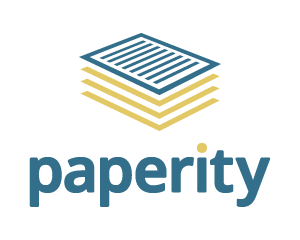The Power of Naming: The Multifaceted Value of Learning Students’ Names
Abstract
The modern day Australian law school is expected to educate and engage law students. Ideally law school will instil a sense of passion (or at least appreciation) for the law, promote a positive professional identity, foster a sense of community, and provide general support to law students. Collectively, the Australian legal academy is struggling with these goals. Significant numbers of students feel isolated, disconnected and unengaged throughout their tertiary legal education. Teaching students from increasingly diverse backgrounds, who spend less time on campus and less face-to-face time in class, many law academics feel ill-equipped to respond to the challenge of engaging law students in time and cost efficient ways. Intentionally learning and using student names has potential to humanise the law school experience, build community, and positively impact upon the wellbeing of students and staff.
Published
Feb 25, 2014
How to Cite
TOWNES O'BRIEN, Molly; LEIMAN, Tania; DUFFY, James.
The Power of Naming: The Multifaceted Value of Learning Students’ Names.
QUT Law Review, [S.l.], v. 14, n. 1, feb. 2014.
ISSN 2201-7275.
Available at: <https://lr.law.qut.edu.au/article/view/544>. Date accessed: 01 feb. 2021.
doi: https://doi.org/10.5204/qutlr.v14i1.544.
Section
Articles - General Issue
Keywords
legal education; naming; psychological well-being; law student distress
Since 2015-12-04
Abstract Views
1983
PDF Views
1698
Until 2015-12-04:
Abstract Views
900
PDF Views
1570
Authors who publish with this journal retain copyright and grant the journal right of first publication with the work simultaneously licensed under a Creative Commons Attribution License (CC-BY) that allows others to share the work with an acknowledgement of the work's authorship and initial publication in this journal.
Articles in this journal are published under the Creative Commons Attribution Licence (CC-BY). This is to achieve more legal certainty about what readers can do with published articles, and thus a wider dissemination and archiving, which in turn makes publishing with this journal more valuable for authors.






